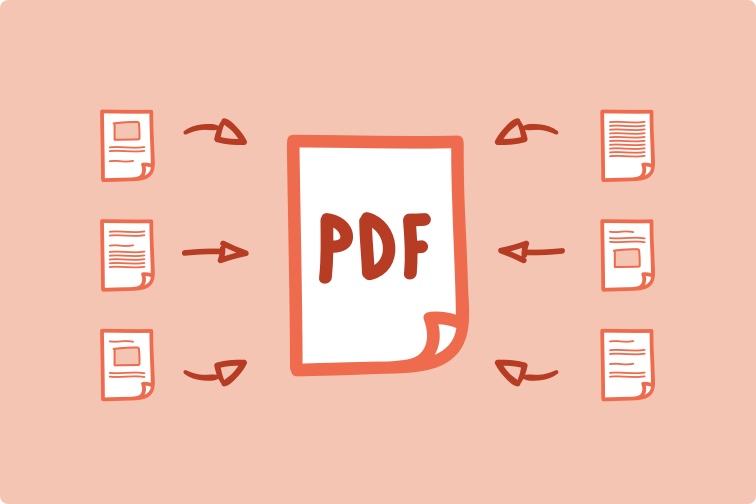The COVID-19 Pandemic transformed each and every industry for good. The world was pushed to adapt to the changing circumstances and thus, each domain had to adjust by adopting new technologies into its system. The education sector is no different. Thanks to the global lockdown, today, the integration of digital technologies is no longer a luxury limited to the top and wealthy institutes, it has rather become a necessity for education to sustain.
Thus, even after the pandemic, the educational institutes all over the world, including those offering ‘online MBA‘ programs and ‘online education courses,’ continue to adopt breakthrough technologies to enhance the learning experience. According to Global Market Insights, digital spendings on education are expected to exceed $350 billion by 2025 all across the world, and the e-learning market is predicted to touch the $1 trillion mark by 2028. This growth is pertaining to the fact that integrating the ed-tech trends provides institutes a competitive edge by enabling them to stand out in this competitive marketplace
But what are the most popular ed-tech trends to watch out for in 2023? And how will they impact the education sector? Let’s find out!
Emerging Technologies in the Higher Education Sector
The adoption of technology in the education sector has made it easier to impart quality higher education in a more efficient way. Educators can further benefit from the advantages of technology by keeping an eye on the emerging EdTech trends and understanding them for making informed decisions on how to integrate the right technology into the learning systems to enhance the standards of higher education and help students develop relevant skills for assured success in their career. Let us take a look at some of the emerging trends in the sector in 2023.
Immersive Learning
The technologies such as augmented reality, virtual reality and mixed reality have found their way into the education sector. These breakthrough technologies have been instrumental in making education more engaging and interactive in recent times by providing students with an immersive learning experience. They offer to students an active and experiential learning experience by providing them a multisensory atmosphere for a highly flexible learning experience. The biggest benefit of employing these technologies is that they make students a part of the learning process, thus allowing them to develop skills in real-time and gain hands-on experience.
AI & ML
Artificial Intelligence has today become the favourite tool of every industry. In the education domain, AI and ML technologies have been helping to enable context-based decision making. They make the learning process more efficient and agile, thus enhancing student engagement. Furthermore, AI and ML have helped higher education institutions to carry out administrative tasks in a more organised manner. They are also useful in enhancing the teaching methodologies, thus fostering a conducive learning environment. One of the biggest AI breakthroughs in the education domain is the intelligent tutoring systems (ITS). The ITS identifies every students’ individualised learning needs and on the basis of them provides them personalised feedback and guidance.
Use of Gamification & Edutainment for Interactive Learning
Gamification refers to the integration of certain interactive games into the learning modules. The introduction of games into the classrooms has helped to enhance student participation by making learning more fun and interactive. It increases students’ focus and leads to greater retention. Similarly, using edutainment tools such as videos, stories and fun experiments to impart education helps in making education a more engaging experience for both students as well as teachers. These techniques also help in enhancing the analytical and cognitive abilities of students, making them better decision makers.
Tribrid Learning Model
Tribrid learning refers to an innovative learning approach that uses an opulent blend of classroom learning, online learning and simulated teaching environments. This balance between conventional learning environment and virtual learning environments is crucial for enhancing the overall educational experience of students. Especially with the advent of Metaverse, this methodology is gaining a lot of traction as it makes use of simulated environments to provide students a real-time picture of how the industrial world looks like, thus making them future-ready.
Data Analytics for Improving Education
Today, there is a massive amount of data available to educational institutions about student behaviours and preferences. They can utilise this data to make informed decisions on how to enhance the overall learning experience of students. Furthermore, it also helps educational institutes to identify the right technologies for enhancing the student experience and how to integrate these technologies into their systems. This data also helps institutes to understand how their education model affects the core aspects of education such as equity, inclusivity, feasibility and acceptance among both learners as well as educators.
Takeaway
With the advancement in technologies, the higher education sector is quickly adapting to the changing industrial landscape to make sure that students can acquaint themselves with the emerging technologies to become job-ready. There are many breakthrough technologies such as AR & VR, Gamification, Multimedia Technologies, Metaverse, AI & ML, etc. that have found applications in the education industry. These technologies help in making learning more interactive, thus elevating the standards of learning.







